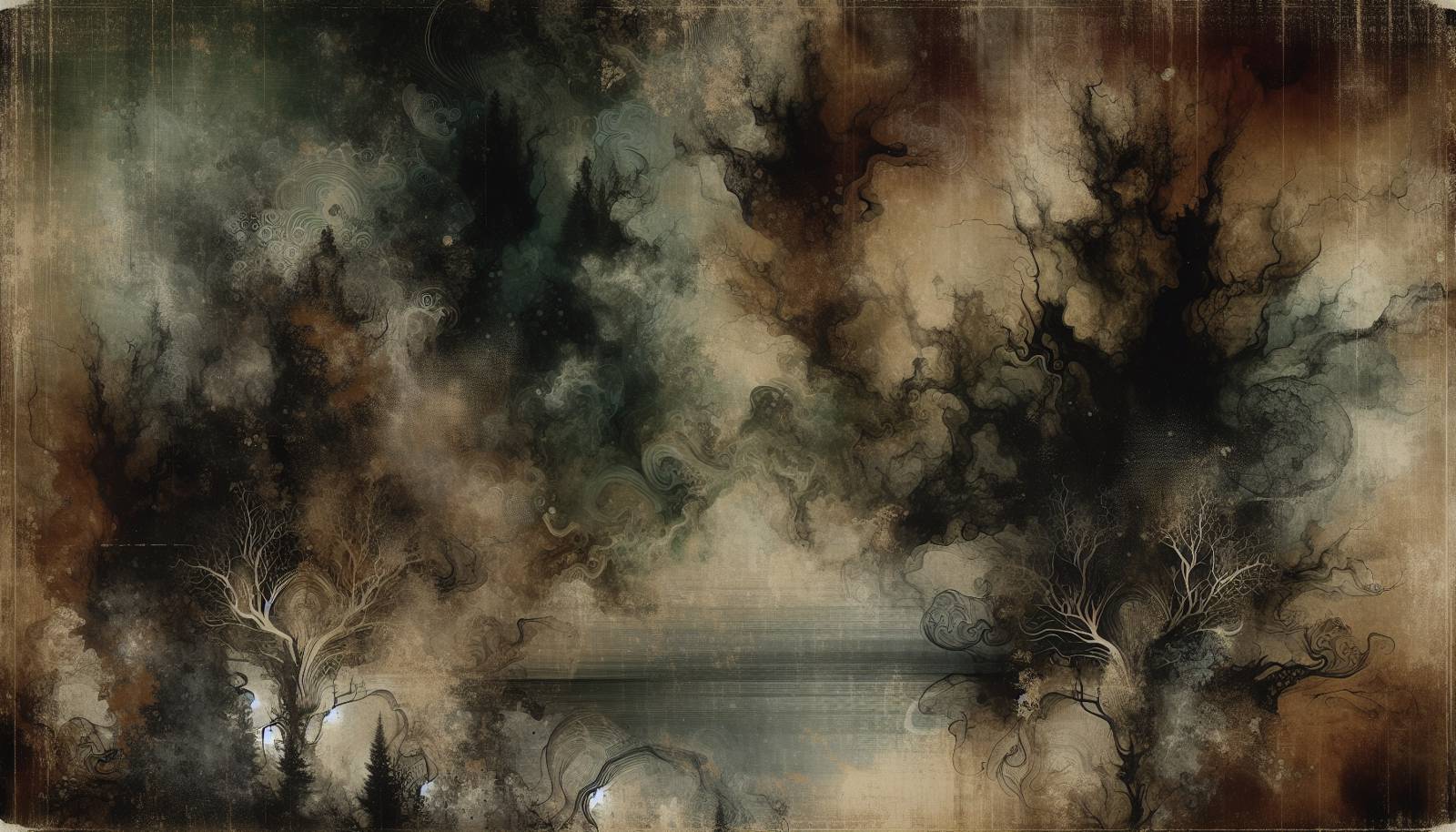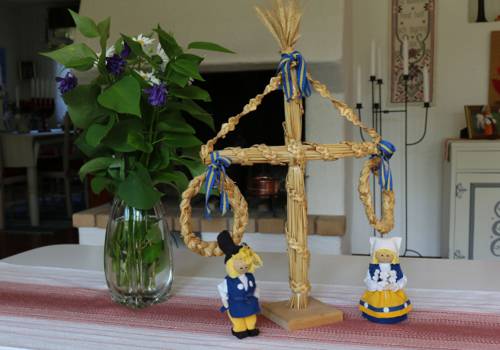
FAQ About The Role of Folk Horror in Modern Cinema

What is folk horror?
Folk horror is a subgenre of horror cinema that blends elements of folklore, mythology, and traditional cultural practices with themes of terror and the supernatural. It often explores the tension between modernity and ancient traditions, delving into societal fears and the uncanny. This genre features rural settings and often involves rituals, witchcraft, or paganism.

How has folk horror influenced modern horror films?
Folk horror has significantly impacted modern horror films by inspiring filmmakers to explore themes of cultural identity, tradition, and the supernatural. Contemporary films integrate folk horror elements by using atmospheric tension, settings steeped in history, and an emphasis on storytelling that intertwines cultural myths with horror. This style enriches the narrative depth and contributes to a sense of eerie nostalgia.

What are some classic examples of folk horror films?
Some classic examples of folk horror films include "The Wicker Man" (1973), "The Blood on Satan's Claw" (1971), and "Witchfinder General" (1968). These films set a foundation for the genre by incorporating themes of ancient rituals, communal beliefs, and the dark side of folklore, often set in rural, isolated locations.

Which modern films are considered part of the folk horror genre?
Modern films that are considered part of the folk horror genre include "Midsommar" (2019), "The Witch" (2015), and "Apostle" (2018). These films explore motifs such as isolation, community rituals, and the influence of archaic beliefs on contemporary characters, reflecting the persistent allure and terror of folklore.

Why is folk horror set in rural locations?
Folk horror is often set in rural locations to emphasize themes of isolation, tradition, and the unknown. These settings tend to highlight a connection to nature and history, allowing filmmakers to explore the clash between urban modernity and rural ancient practices. The physical and psychological distance contributes to a sense of alienation and vulnerability, crucial for creating terror in the narrative.

What cultural themes are commonly explored in folk horror films?
Folk horror films commonly explore cultural themes such as the conflict between tradition and modernity, the power of collective belief systems, and the role of ritual and superstition in society. Issues related to identity, community, and the fear of the unknown are also prevalent, reflecting a larger commentary on human nature and societal evolution.

How do folk horror films use folklore and mythology?
Folk horror films utilize folklore and mythology by incorporating these elements into their narratives, often portraying them as living forces that influence or dominate characters' lives. These stories tap into primal fears and ancient beliefs, creating a compelling backdrop where reality intertwines with myth, contributing to the unsettling atmosphere of the genre.

What distinguishes folk horror from other horror subgenres?
Folk horror is distinguished from other horror subgenres by its focus on rural settings, the incorporation of folklore and ancient rituals, and the exploration of cultural identity. Unlike slashers or supernatural horror, folk horror relies on atmosphere and the tension between the contemporary world and the arcane. Its narratives often emphasize psychological over physical scares and delve into deep-seated societal fears.

Is there a resurgence of interest in folk horror?
Yes, there has been a resurgence of interest in folk horror, particularly in the 21st century. Directors have revisited the genre to capitalize on its atmospheric storytelling and cultural depth. This renewed interest is partly due to the genre's ability to address modern anxieties through the lens of historical and cultural contexts.

How do modern filmmakers reinterpret folk horror traditions?
Modern filmmakers reinterpret folk horror traditions by updating themes and aesthetics for contemporary audiences. They often merge traditional elements with modern filmmaking techniques and societal issues, creating a bridge between past and present. This approach allows them to explore timeless themes such as isolation, fear, and societal conflict through innovative storytelling methods.

What role do rituals play in folk horror films?
Rituals in folk horror films often serve as a central motif that exemplifies the conflict between modernity and ancient traditions. They are usually depicted as frightening or secretive practices that embody the community's beliefs and fears. Rituals are used to illustrate the power of communal values over individuals, often driving the narrative tension and underlying horror.

How does folk horror connect with social and personal anxieties?
Folk horror connects with social and personal anxieties by delving into themes of societal control, the power of tradition, and fear of the unknown or the outsider. These films often reflect contemporary concerns about cultural identity, technology versus nature, and loss of heritage. By anchoring these fears in culturally resonant myths, folk horror offers both a reflection and critique of present-day unease.

Can folk horror be found in literature as well?
Yes, folk horror can also be found in literature. The themes of folklore, tradition, and terror in rural settings have been a staple in gothic and horror fiction long before they were adapted to film. Writers like Shirley Jackson, Arthur Machen, and Algernon Blackwood have explored similar themes that inspire the cinematic depiction of folk horror.

What influence do historical events have in folk horror films?
Historical events often influence folk horror films by providing a backdrop of real-world fear and tension that enhances the narrative. Films may draw on historical periods known for superstition, plagues, or witch hunts, using them as analogies or direct inspirations for plot and setting. This connection to history enriches the movie's realism and grounds its supernatural elements in the human experience.

How do settings contribute to the eeriness of folk horror?
Settings play a crucial role in establishing the eeriness of folk horror by isolating characters and providing an atmosphere heavy with history and superstition. The natural environment, often depicted as both beautiful and foreboding, creates a sense of timelessness and inevitability. Such settings heighten the supernatural elements and the sense of dread associated with the unfamiliar or unknown.

What are common visual themes in folk horror films?
Common visual themes in folk horror films include desolate landscapes, rustic or historic buildings, natural environments at odds with human habitation, and symbolic imagery related to tradition or superstition. These visual elements enhance the movie's atmosphere, underscoring themes of nature and tradition's power over the modern world.

How do filmmakers build suspense in folk horror?
Filmmakers build suspense in folk horror by using atmospheric tension, slow pacing, and an emphasis on sound and visuals to create an uneasy atmosphere. They often rely on ambiguous storytelling, where the line between reality and myth blurs, leading audiences to question the characters' perceptions. This subtlety in horror creates a persistent sense of dread that builds gradually instead of relying on shocks or gore.

Why are myths and legends effective in folk horror narratives?
Myths and legends are effective in folk horror narratives because they tap into universal fears and shared cultural heritage, providing a familiar yet mysterious context for horror. These stories evoke primal emotions linked to our cultural pasts and serve as vehicles for exploring contemporary themes such as identity, power, and the unknown, making the horror they present more relatable and impactful.

What psychological impact does folk horror have on audiences?
Folk horror tends to have a significant psychological impact on audiences by invoking a sense of nostalgia and fear through its exploration of cultural myths and societal anxieties. The genre's focus on atmospheric tension and the unsettling collision of past and present can leave viewers with lingering thoughts about tradition, identity, and the nature of belief systems. This deep-rooted tension can resonate with personal and societal fears, providing a cathartic or contemplative experience.

How do folk horror films reflect societal values and fears?
Folk horror films reflect societal values and fears by investigating themes from customs, traditions, and past practices that juxtapose modern sensibilities. These films portray cultural rituals and beliefs to comment on contemporary issues like individualism versus community, the clash between progress and tradition, and the loss of cultural identity. By holding a mirror to societal anxieties, they explore and critique the dynamics between civilization and its heritage.
